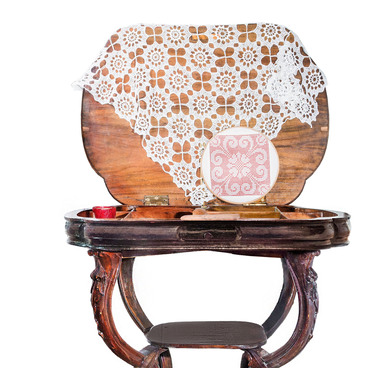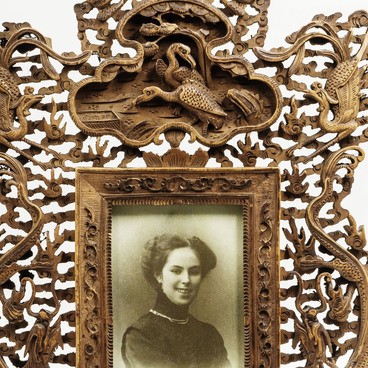The samovar is a metal vessel inside of which water was boiled. The top of the body is covered with a layer of nickel. The metal protected the surface from corrosion and gave it a silver shine. The name of the device came from the expression “self-brewer” — some of the pieces could even cook porridge and soup.
The first vessels that heated themselves appeared in ancient times in Iran, China and ancient Greece. Inside them, there was a special hole, where hot coals were loaded. Samovars started to be made in Russia in the middle of the 18th century. The devices soon became a symbol of peasant and noble life.
There were different shapes and sizes of samovars — these parameters depended on the orders of the customers. In addition to the traditional round body, there were pieces in the form of an Easter egg, a rooster and a vase.
The tradition of drinking tea appeared together with the samovar. It first spread among the wealthy city dwellers, and later spread in Russian villages. The ritual of tea-drinking in the nobility was similar to the English one: tea was drunk once or twice a day. It was served on a separate table, and then, the mistress of the house poured the drink for the guests. This was considered an honorable duty, which could be entrusted only to the eldest daughter.
The Russian tea party had a special tradition. They served sweets, bread, cookies and cream with hot tea. In merchant and middle-class circles, it was customary to boil water in a samovar throughout the day, just in case guests came over unexpectedly. Tea was most often served on bright, colored tablecloths.



